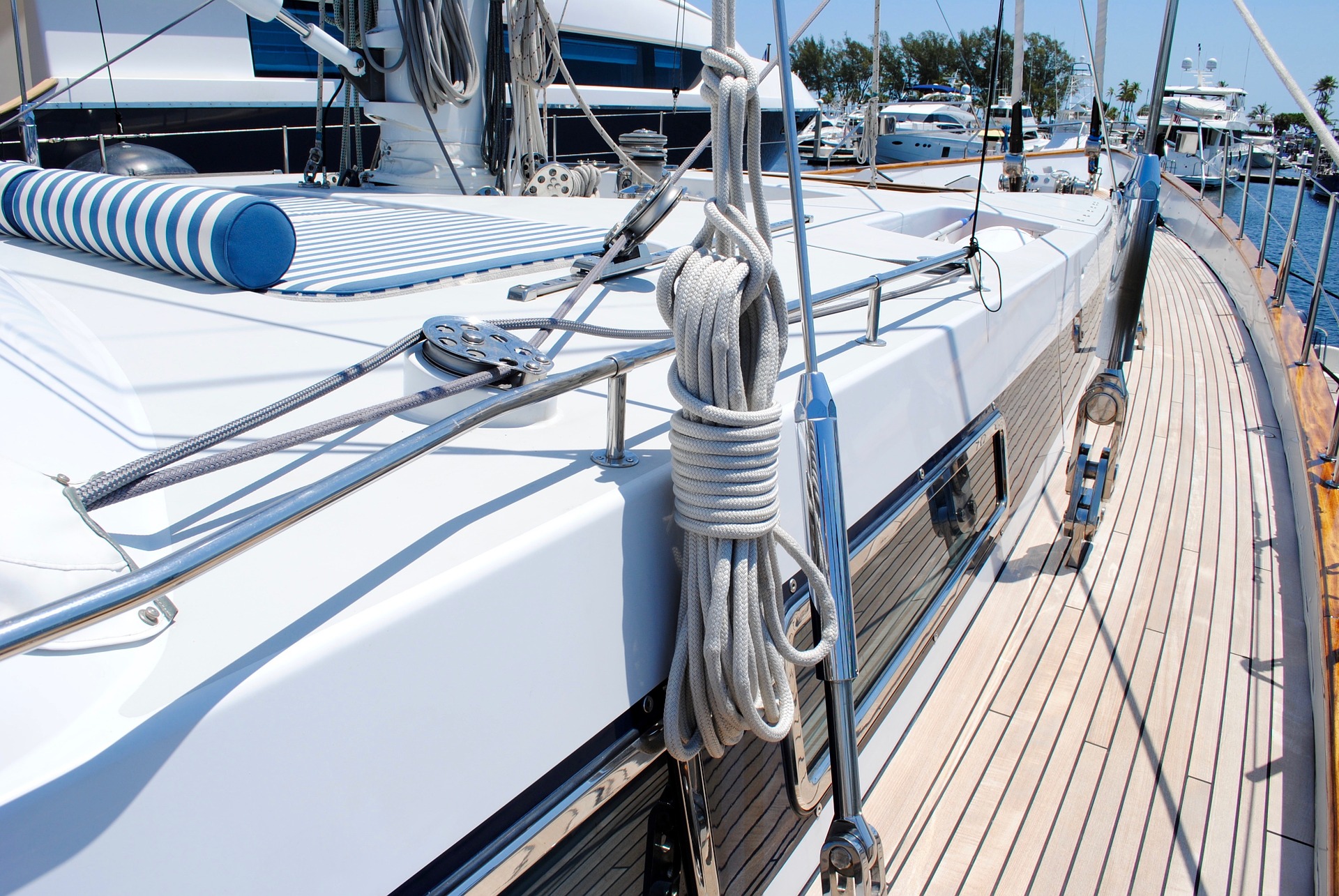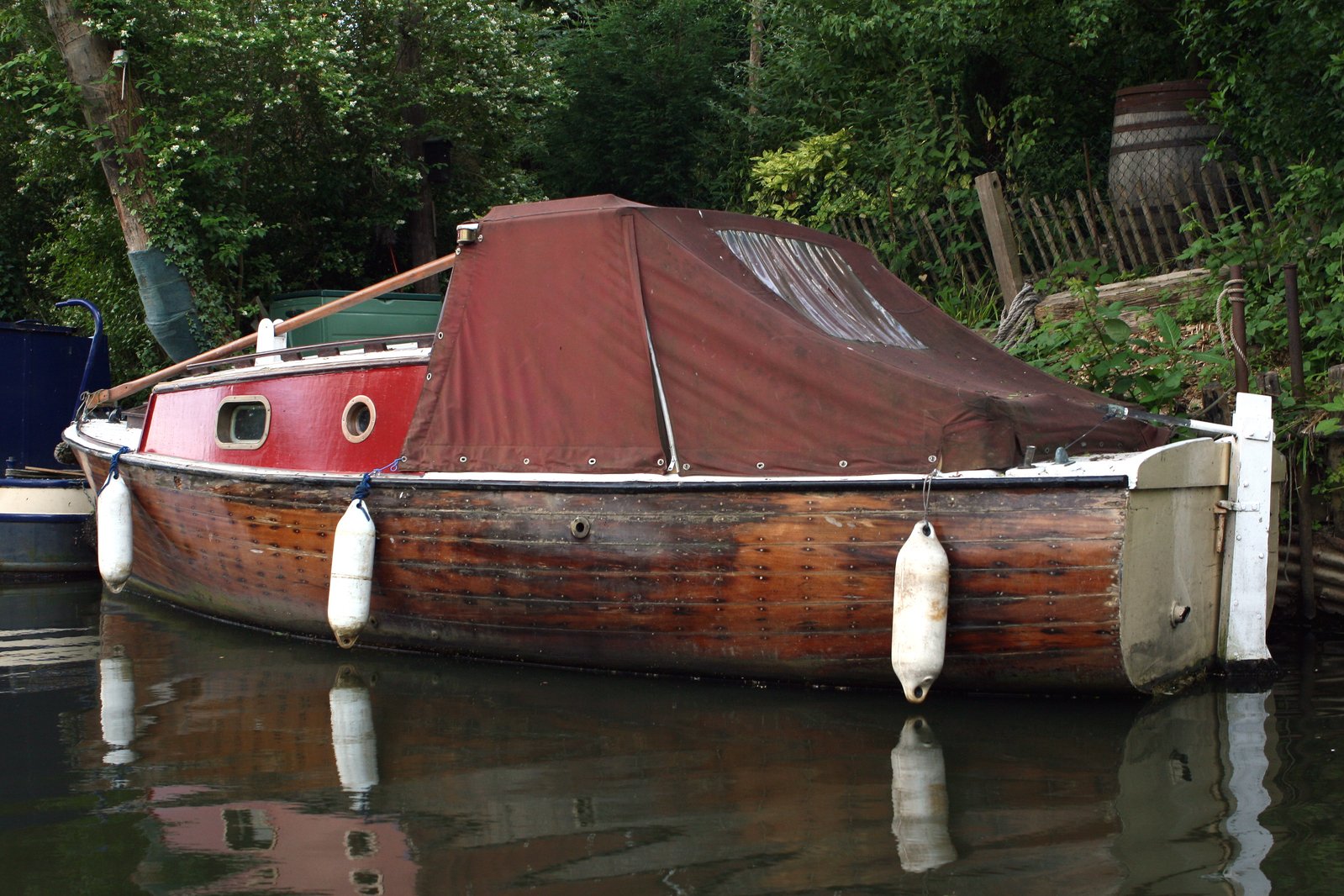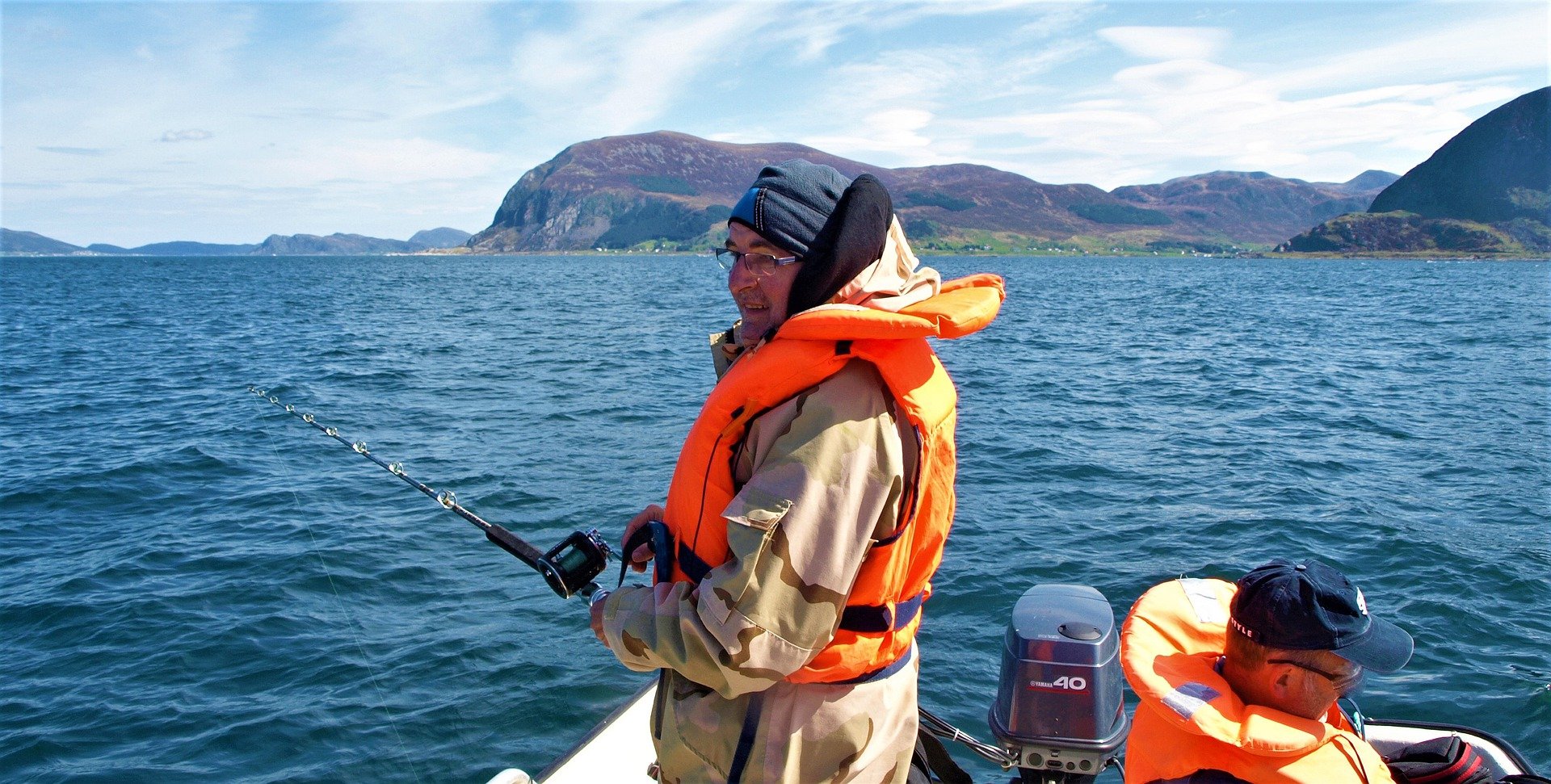
Did you know that life jackets have saved the lives of almost 80% of boating fatality victims? According to the United States Coast Guard (USCG), life jackets have a huge role when it comes to boating accidents. They can save people (of all age groups) from drowning while waiting for rescuers to come.
In this article, we’ll focus on a specific type of life jacket which is the inflatable life vest. We’ll discuss their main use, advantages, and maintenance.
WHAT ARE INFLATABLE LIFE VESTS
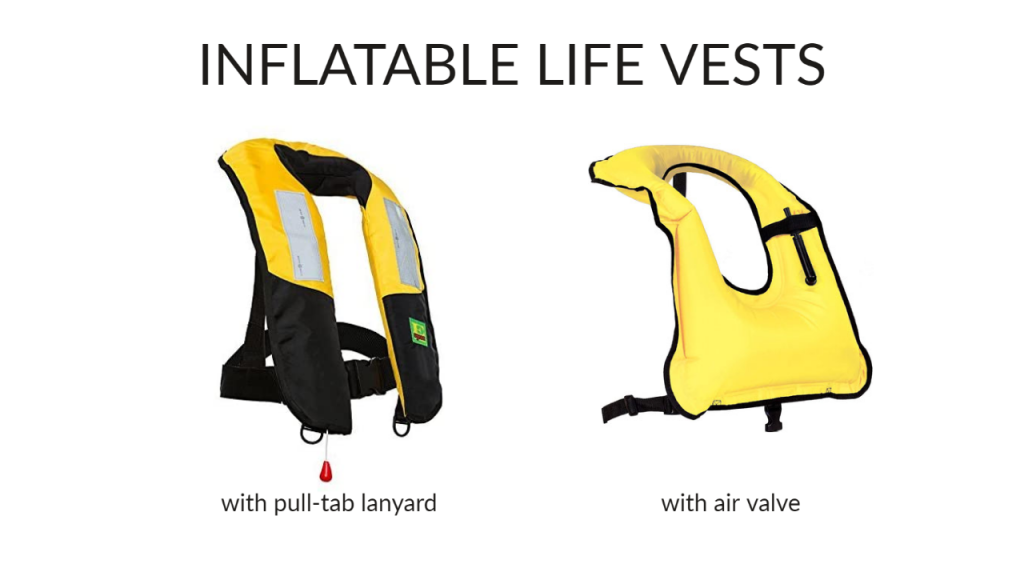
You can easily see the difference between inflatable life vests and other life jackets. First, inflatable life jackets have CO2 cylinders that provide buoyancy when inflated. They’re also not recommended for kids and non-swimmers since they are considered as a new form of PDFs and have a specific requirement that don’t fit for kids.
Some inflatable life vests are automatically activated while some can be inflated by using the pull-tab lanyard or by inflating them orally by an inflation tube.
What Activities Can an Inflatable Life Vest Be Used For?
Inflatable life vests are not recommended for high-impact activities like tubing, waterskiing, or water paddling, since they can be damaged easily and lose buoyancy even with a small tear.
You can use an inflatable life jacket when you’re on board or in the cockpit of an open boat.
WHAT ARE THE TYPES OF INFLATABLE LIFE VESTS?
There are five types of PFDs (Personal Flotation Device), to further understand them here’s a table that indicates their uses and other information:
| Types of PFDs | When to Use | Minimum Buoyancy | Other information |
| Type I: Offshore Life Jackets | Cruising, fishing, racing, stormy conditions | 22 lbs. for adults and 11 lbs. for child size | Recommended for open and rough waters. Retain body heat. |
| Type II: Near-shore Buoyant Vests (Foam and Inflatable) | Foam – fishing, sailing, day cruising Inflatable – inland and near-shore cruising | Foam – 15.5 lbs. for adult size Inflatable – 34 lbs. for adult size | Foam – comfortable but less buoyant. Inflatable – not meant for children under 16 years old. |
| Type III: Flotation Aids (Foam and Inflatable) | Foam – dingy races, water skiing, fishing, kayaking, canoeingInflatable – inshore and near-shore boating, canoeing | Foam – 15.5 lbs. for adult size Inflatable – 22.5 lbs. for adult size | Foam – not recommended on rough water. Inflatable – may not turn unconscious wearer face-up. |
| Type IV: Throwable Devices | Thrown to overboard victims | Ring buoys – 16.5 lbs. Boat cushion – 18 lbs. | Not recommended for non-swimmers, children, and unconscious people. |
| Type V: Special-Use Devices | Used for specific water activities like windsurfing, paddleboarding, wakeboarding, and stand-up paddling Inflatable – float coat, belt pack, deck suit | 15.5 to 22 lbs. for adult size. Inflatable – 22.5 to 34 lbs. depending on what style | Can automatically inflate. May not turn unconscious wearer face-up. Some can provide hypothermia protection. |
HOW MUCH WEIGHT WILL AN INFLATABLE VEST HOLD?

As mentioned earlier, inflatable vests are activated by a CO2 cartridge. You need to pull the handle automatically or they can inflate automatically when the water-soluble activator is dissolved in the water.
Though inflatable life jackets are more comfortable than other types of PFDs, they’re not recommended for people under 16 years old and for people who are weighing less than 80 lbs (36 kg).
HOW LONG DO INFLATABLE LIFE JACKETS LAST?
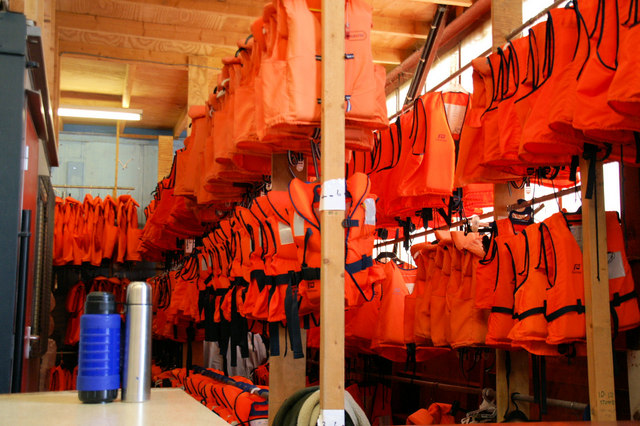
If you check and clean your inflatable jacket before and after every use, then expect them to last up to 4 years. Daily maintenance like checking your CO2 cylinder and checking if there are tears or rips can maintain the quality of your PFDs.
You can also check their manuals if there are any special cleaning procedures (recommended by their manufacturers) that you can follow to keep them in good shape.
Can Inflatable Life Jackets Be Reused?
Yes, you can reuse your inflatable life jackets as long as they’re in good shape and can function properly. If you’re using your inflatable life vests regularly, make it a habit to double-check them before sailing.
Should You Replace the CO2 Cylinder in Your Inflatable Life Jackets?
You can replace the CO2 cylinders in your inflatable life jacket if necessary, especially if they’re damaged. When replacing them, make sure that the CO2 cylinders are properly attached by screwing them (must be fully connected) or by using a bayonet mount (pushed and turned clockwise until it tightens.)
It’s important to execute this properly since it can affect your inflatable life vest and may not inflate when needed.
HOW MUCH IS AN INFLATABLE LIFE VEST?
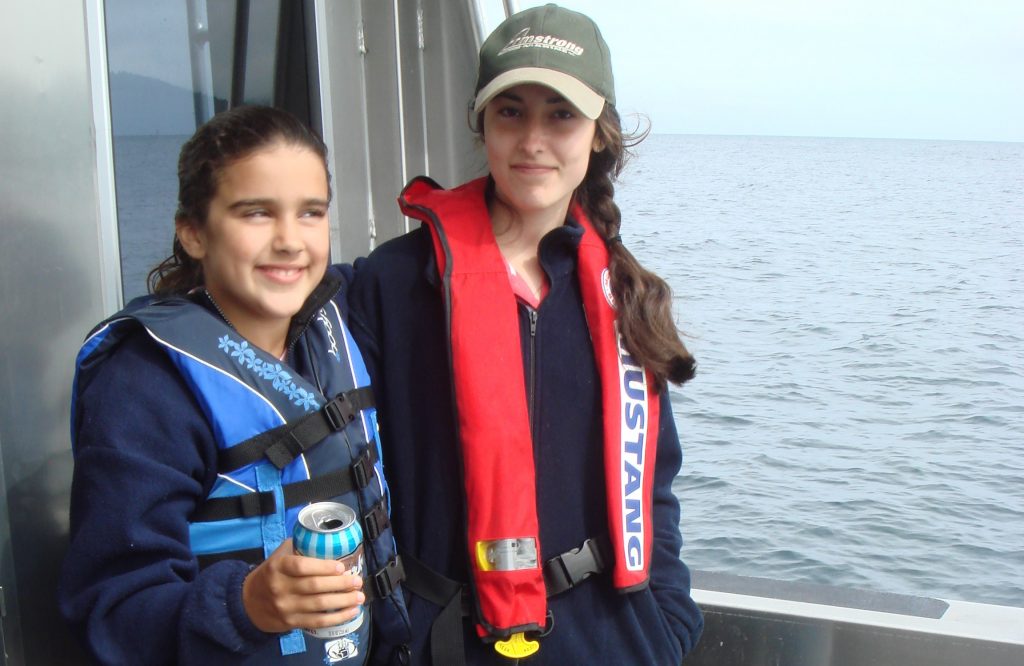
Prices of inflatable life vests still depend on their sizes, brands, qualities, and style. But generally, their price ranges from $84.99 to $195.56. If you’re looking for one, here are the recommended inflatable life vests that you can purchase online.
Eyson Inflatable Life Jacket Life Vest
- Features lightweight and durable fabric.
- SOLAS approved and CE certificated.
- Has adjustable belt that can fit for teens and adults under 330 lbs.
- Washable and easy to air dry.
- Reusable.
Bluestorm Gear Cirrus 26 Inflatable PFD Life Jacket
- US Coast Guard Approved.
- Lightweight and inflates automatically upon water immersion.
- Replaceable CO2.
- 26 lbs. of buoyancy.
- Adjustable chest size (30” to 56”.)
Mustang Survival HIT Inflatable PFD
- US Coast Guard Approved.
- Minimum buoyancy – 33.7 lbs.
- Features Hydrostatic Inflator Technology (HIT) and will only inflate when submerged.
- in 4” or more water pressure.
- 38 lbs of buoyancy when inflated.
CONCLUSION
Following marine safety protocols, especially, by wearing life vests can save lives. Accidents are unpredictable, so it’s better to be ready than regretting in the end.
Do you have any recommended inflatable life vests? Share us your thoughts and comment below.


